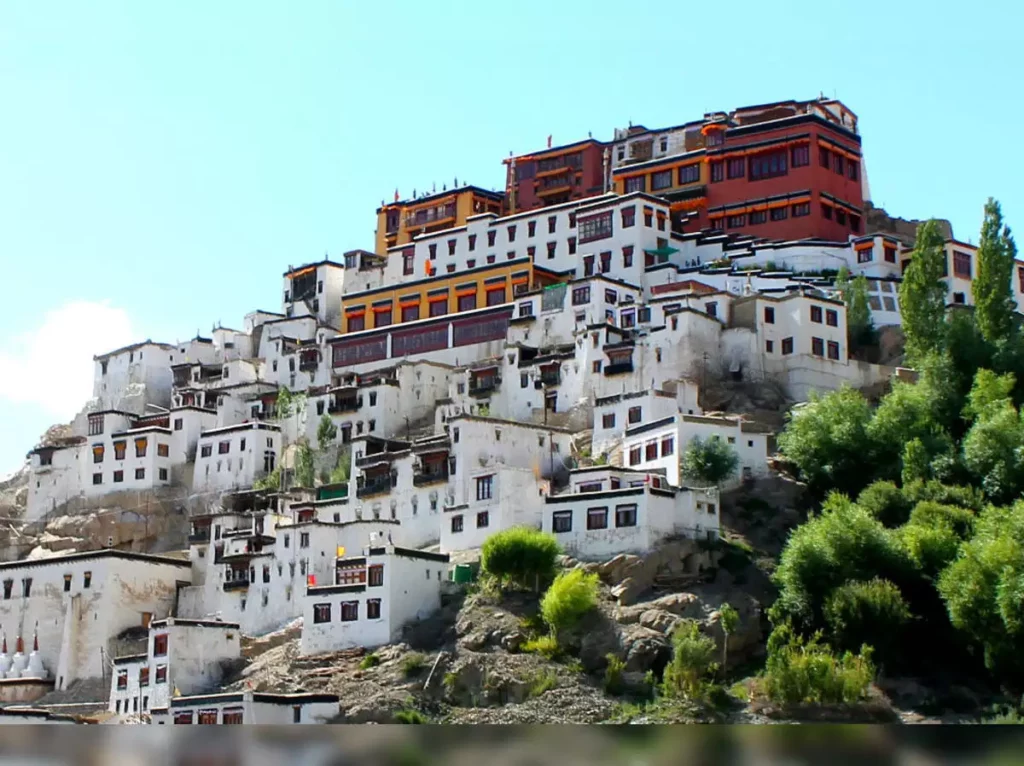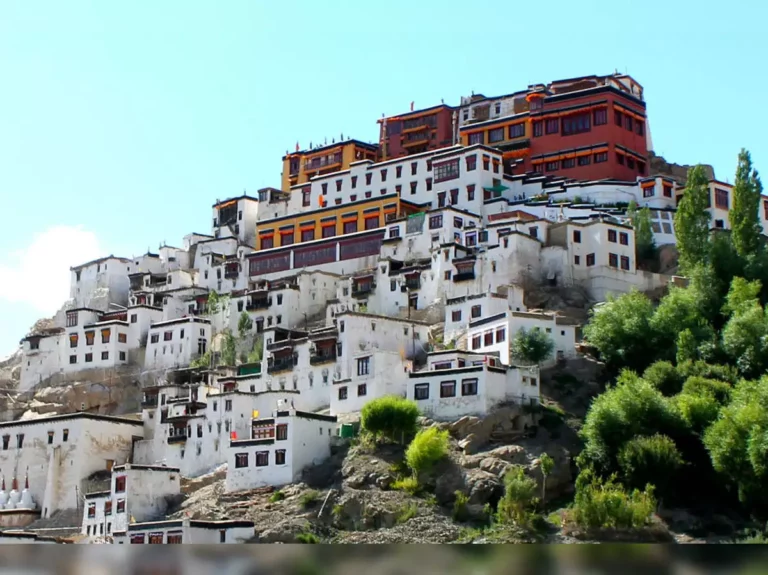Thiksey Monastery

Send a Message to:

Description
Welcome to Thiksay Monastery, a must-visit destination for anyone interested in exploring the rich culture and history of Ladakh, India. Located just 19 kilometers east of Leh, the capital town of Ladakh, Thiksay Monastery is situated on a hillock that offers stunning views of the Indus Valley and the majestic Stok range.
Founded in 1433 AD by Spon Palden Sherab and his Master Jangsem Sherab Zang, Thiksay Monastery is affiliated with the Gelug sect of Tibetan Buddhism. Jangsem Sherab Zangpo had initially built a temple called Lhakhang Serpo (Yellow Temple) prior to Thiksay Monastery. Thiksay Monastery is a twelve-storey complex that houses many items of Buddhist art such as stupas, statues, thangkas, wall paintings, and swords.
One of the main points of interest is the Maitreya Temple installed to commemorate the visit of the 14th Dalai Lama to this monastery in 1970. It contains a 15 meters (49 ft) high statue of Maitreya, the largest such statue in Ladakh, covering two stories of the building. In addition, the monastery also has a separate set of buildings for female renunciates that has been the source of significant recent building and reorganization.
According to legend, Tsongkhapa, the founder of the Gelug School, once prophesied that his doctrine would flourish along the right side of the Indus River. This prophecy came to realization with the establishment of the first Gelugpa monastery at Thiksay, followed by many other large-scale monasteries belonging to the same order such as Spituk and Likir monasteries, all located on the right side of the Indus River.
Thiksay Monastery is known for its resemblance to the Potala Palace in Lhasa, Tibet, the former official seat of the Dalai Lamas. The motorable access road from the valley passes the east side of the Thikse Monastery’s main building. There is a statue of the Tibetan protective deity on this path at the entrance at the lower level. The highest level of the complex has a stupa (chorten).
The architecture of the monastery is arranged in ascending order of importance and are well-spaced, from the foot of the hill housing the dwelling units to the top of the hill enshrining the monasteries and potang (official residence) of the chief lama. The courtyard mural depicts Tsong Khapa, the Buddha, Padmasambhava, Palden Lhamo, and Mahakala.
The nunnery or the school for the community of nuns is located within the precincts of the monastery and is managed by the monastery administration. The monastery donated the land for a new nunnery at Nyerma, near Thiksey, at the same place where the very first monastic seat was established by Rinchen Zangpo, the Tibetan translator, in the tenth century. Under the influence of the 14th Dalai Lama’s words, Thiksey Rinpoche Nawang Jamyang Chamba Stanzin and Tsultrim Tharchin, a geshe became nuns’ activists at Thiksey. The Dutch Foundation for Ladakhi Nuns (DFLN), a charitable organization, also operates in Nyerma, providing monetary and individual services to support the Buddhist nuns of Ladakh.
Thiksay Monastery is also known for its annual Gustor ritual, which is held from the 17th to 19th day of the ninth month of the Tibetan calendar (October–November). Sacred dances such as the mask dance